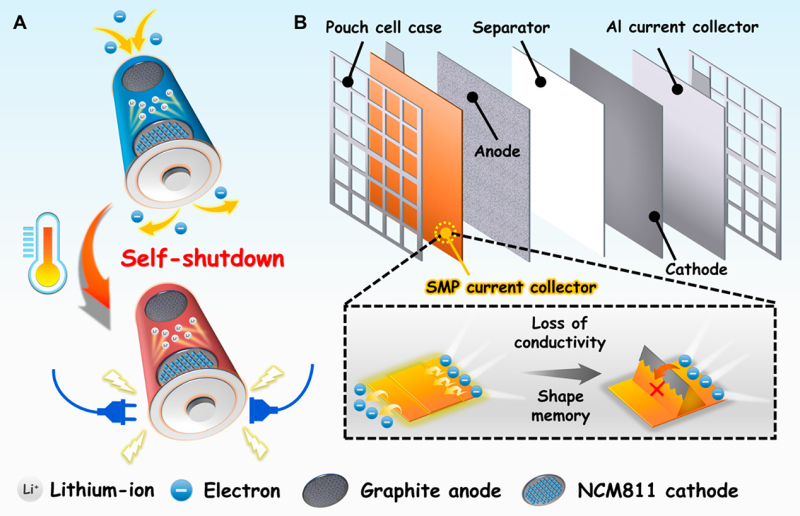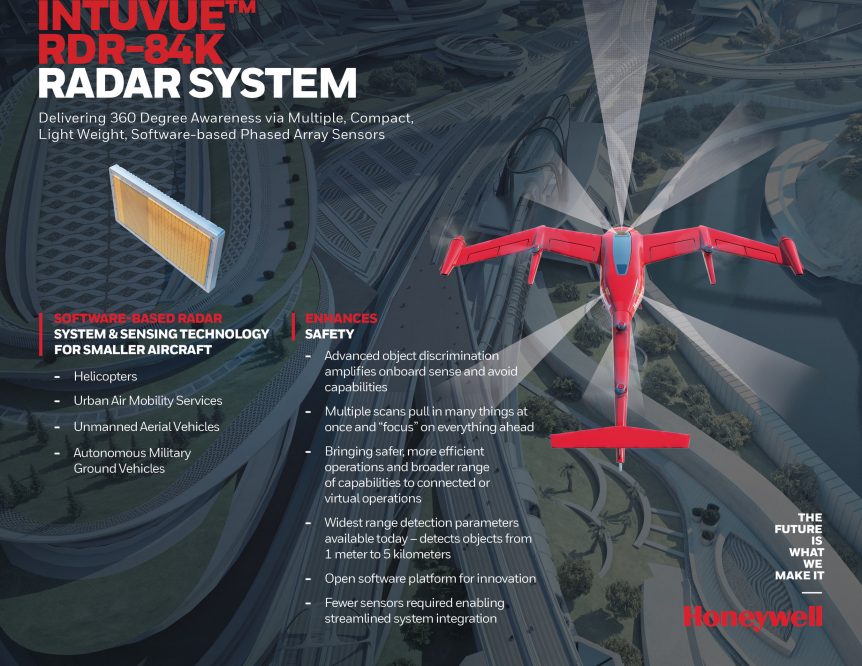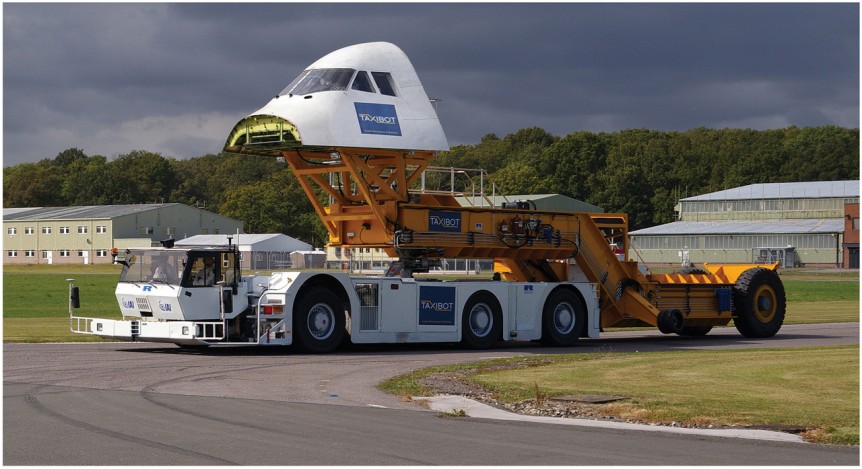Keeping battery fires at bay is a constant irritant, if not downright hazard, in the electric vehicle world. Battery fires are particularly scary in aircraft, where help may be 35,000 feet below. Three different solutions have been introduced by industry and scholars, though, and may reduce, or even prevent such unfortunate occurrences. That the three solutions were featured in the same day’s postings of GreenCarCongress.com is a bit astonishing, but heartening. The three contenders appear below. The Honeywell and Nexceris Sniff Test Honeywell has a strategic alliance with Nexceris, developer of the Li-ion Tamer (a horrible pun, as you may have noticed) lithium-ion gas detection solutions. Instead of waiting for things to heat up, as happens in thermal runaways, the Honeywell-Nexceris team will develop the proactive detectors, which “sniff” the fumes of an incipient battery fire before it can even start. Honeywell and Nexceris will work with EV makers to install Li-ion Tamer sensors “on their gas detection systems control …
DOE Promotes Carbon Neutrality Aeronautically
Both GreenCarCongress.com and CleanTechnica share information about the Department of Energy’s funding of 17 projects in two Advanced Research Projects Agency – Energy (ARPA-E) categories. Prepare for the inevitable rush of acronyms. All the projects seem to be reserved for applications on single-aisle short- and intermediate-range airliners, with emphasis on economy of operation, carbon neutrality and lowest possible emissions. ASCEND Powertrain related, ASCEND (Aviation-class Synergistically Cooled Electric-motors with iNtegrated Drives) will fund nine projects with $14.5 in Phase 1 money. Funds will help recipients, “Work to develop innovative, lightweight, and ultra-efficient all-electric powertrain with advanced thermal management systems that help enable efficient net-zero carbon emissions for single-aisle passenger commercial aircraft.” Raytheon Technologies Research Center has three projects in two ARPA-E categories, including their own Ultra-Light, inTegrated, Reliable, Aviation-class, Co-Optimized Motor & Power converter with Advanced Cooling Technology (ULTRA-COMPACT) for which they received $2,330,13. Their system will incorporate advanced materials and techniques in permanent magnets, drive topology, thermal management, and composite gearboxes. Marquette …
Honeywell’s New UAM Business Unit
Honeywell, long involved in avionics and other aviation-related instrumentation and equipment, has created an entire, new business unit devoted to unmanned aerial systems (UAS) and urban air mobility (UAM). If any indication is necessary to show that urban air is not a passing fad, it’s the investments being made by major entities – from Toyota to Honeywell, from NASA to Mercedes. Honeywell’s contributions to future UAM flight include avionics – devices that combine aviation with electronics. Honeywell’s portfolio includes a miniaturized fly-by-wire system, electromechanical actuators to take the place of traditional control cables and pushrods, and systems to help integrate the UAM into existing and future air traffic control systems. These systems will work for electric Vertical Take Off and Landing (eVTOL) machines or more conventional fixed-wing configurations, represented by Tine’ Tomazic from Pipistrel in the following video. Multi-rotor craft can benefit from Honeywell’s lightweight auto-pilot and fly-by-wire systems. Integration into the overall aircraft enables precise control and the ability …
Fuel Cells for Taxiing
What seemed like an easy transition a few years ago has been delayed by one developer. “Safran and Honeywell have delayed by two years the planned entry into service of their electric green taxiing system (EGTS), a device designed to enable an airplane to taxi with its engines shut down. Aviation International News (AIN) quoted a spokesperson as saying, “The team is still working on the program with a goal of certification in 2018 and entry into service shortly after.” The system uses motors on the main gear to enable taxiing under power. One of several competing systems, WheelTug, has motors on the nose gear only. Wheeltug uses a Boeing 737-800 as a testbed for the certification program. A United States company with manufacturing apparently based in Gibraltar, WheelTug claims orders for 985 systems by 22 airlines. Another system, TaxiBot, was developed by Israel Aerospace Industries in cooperation with France’s TLD, Germany’s LufthansaLEOS, the ground-handling component of the airline. The …
Electric Green Taxiing System Quietly Enters Paris Air Show
Honeywell and Safran have teamed up to create EGTS International, a company that makes Electric Green Taxiing Systems for airliners. Honeywell has extensive experience with auxiliary power systems and Safran makes “world-class landing gear systems.” Put them together and you have the self-powered landing gear which made its public debut at the Paris Air Show this week. Others have been working on the same type of system, but EGTS is the first to show the technology off at an air show. Besides making the display Airbus A320 one of the quietest airplanes moving across the tarmac at the show, the system could save airlines up to four percent per flight on fuel burn. As the EGTS web site explains, “Because an aircraft’s main engines are optimized for flying rather than taxiing, they burn a disproportionate amount of fuel during ground operations. With a short- or medium-range aircraft spending up to 2.5 hours of its time on taxiways every day, …
Several Groups Now Testing Electric Taxiing
It must at least seem like a good idea, because three different enterprises are taxi testing Airbuses with electric landing gear wheels meant to replace the large “tugs” that can be seen every day at airports around the world pushing jet airliners away from their boarding ramps. In current normal practice, the jets, with their engines at idle, are pushed onto a taxiway, at which point the tug disengages and the jet throttles up to begin the usually long taxi to a waiting runway. Quirkily capitalized easyJet, the United Kingdom’s largest airline, is working with Honeywell and Safran to develop and test their version of this new technology, which they label the electric green taxiing system (EGTS). EGTS-equipped aircraft can taxi without the use of their jet engines by using the Auxiliary Power Unit (APU) generator to power motors in the main wheels. Electromechanical actuators on each of the aircraft’s powered wheels and what would need to be fairly-sophisticated motor …




